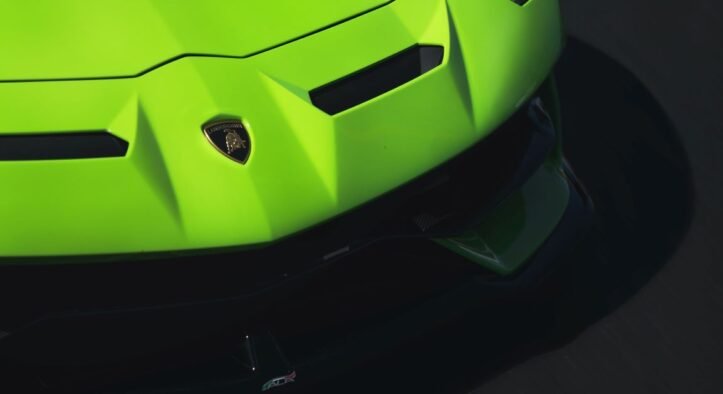After car paint repair Sydney, every car owner likes to see their car as smooth as possible. Hiring a professional for a touch up paint can be expensive so you should use our guidelines and tools to help you do your touch up job professionally. Before you smooth out the touch-up car paint, you should read this guide.
What you should know about touch up paint smoothing out on your car
Smoothing out touch up paint of your car is a quick process, whether it is detailing a panel or chip repair.
Beware of paint layers
The paint job of your car is painted in different layers and it is important to know these layers before you continue. These layers are the primer, basecoat and clearcoat. The car should be covered with a clear ceramic coating or a layer of wax after the clear coat. This is to protect the car body from rock chips and small scratches.
Touchup paint drying time
It is important to understand that the touchup paint typically dries out quickly so you can send it to the detailing department thirty minutes after touchup.
Sand and wax in a circular motion
You want your job to come out like that of a professional so you should use circular motions without applying excess pressure. This is easy when working with dual action sanders and electric buffers. Just place them onto the panel of the body first before you turn them on. They will do their magic once you turn them on.
Also Check: luxury car detailing
Correctly match the paint color
During any car paint repair project, you should ensure you match the paint correctly. If you have not applied the touch-up paint yet, you should never forget to purchase the touch-up paint that perfectly matches the color code on the inside of the driver’s door. Purchase a cheap paint pen for tiny sports and a small paint bottle for use with an automotive paint sprayer or an airbrush for larger repair spots.
Smoothing out touch up paint
Clean the surface
You should clean up the surface by giving your vehicle a good wash before you continue. Doing this will give your paint the best chance to adhere.
Wet sand
Wet sand with high grit sandpaper to blend the old paint with new paint. You should use whichever method you like but just ensure the sandpaper is wet. If you are wet sanding using pneumatic or electric assistance, it will not take a lot to get the affected area prepared for buffing.
Paint correction
Use a rubbing compound to buff the paint job. This makes the paint look better. The higher speeds work great with rubbing compound if you are using an electric buffer.
Wax or ceramic coating
Use a carnauba wax if you don’t have a ceramic coating to protect the paint from UV damage. You can apply the wax with either a power buffer or a hand applicator during car paint repair







